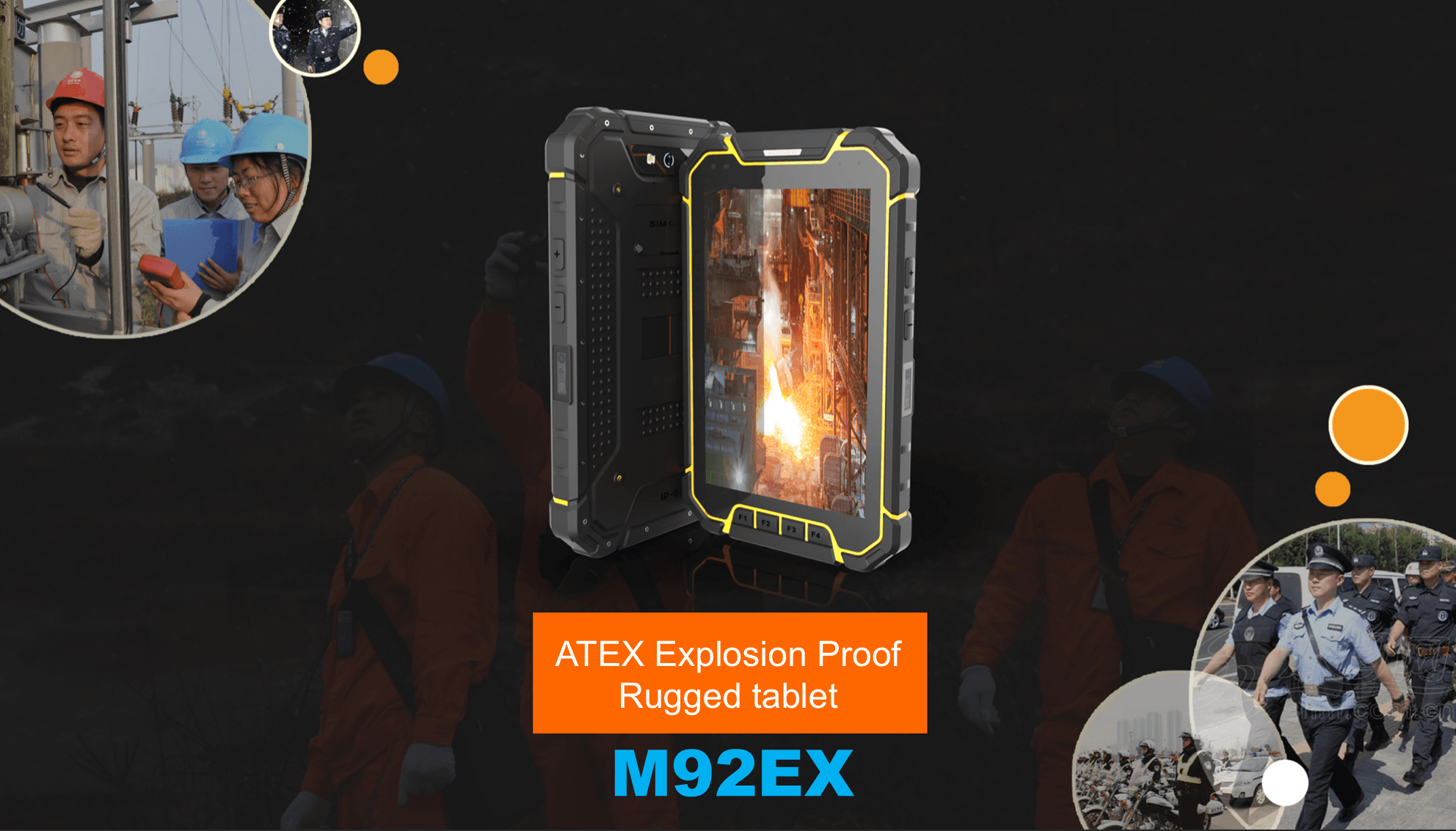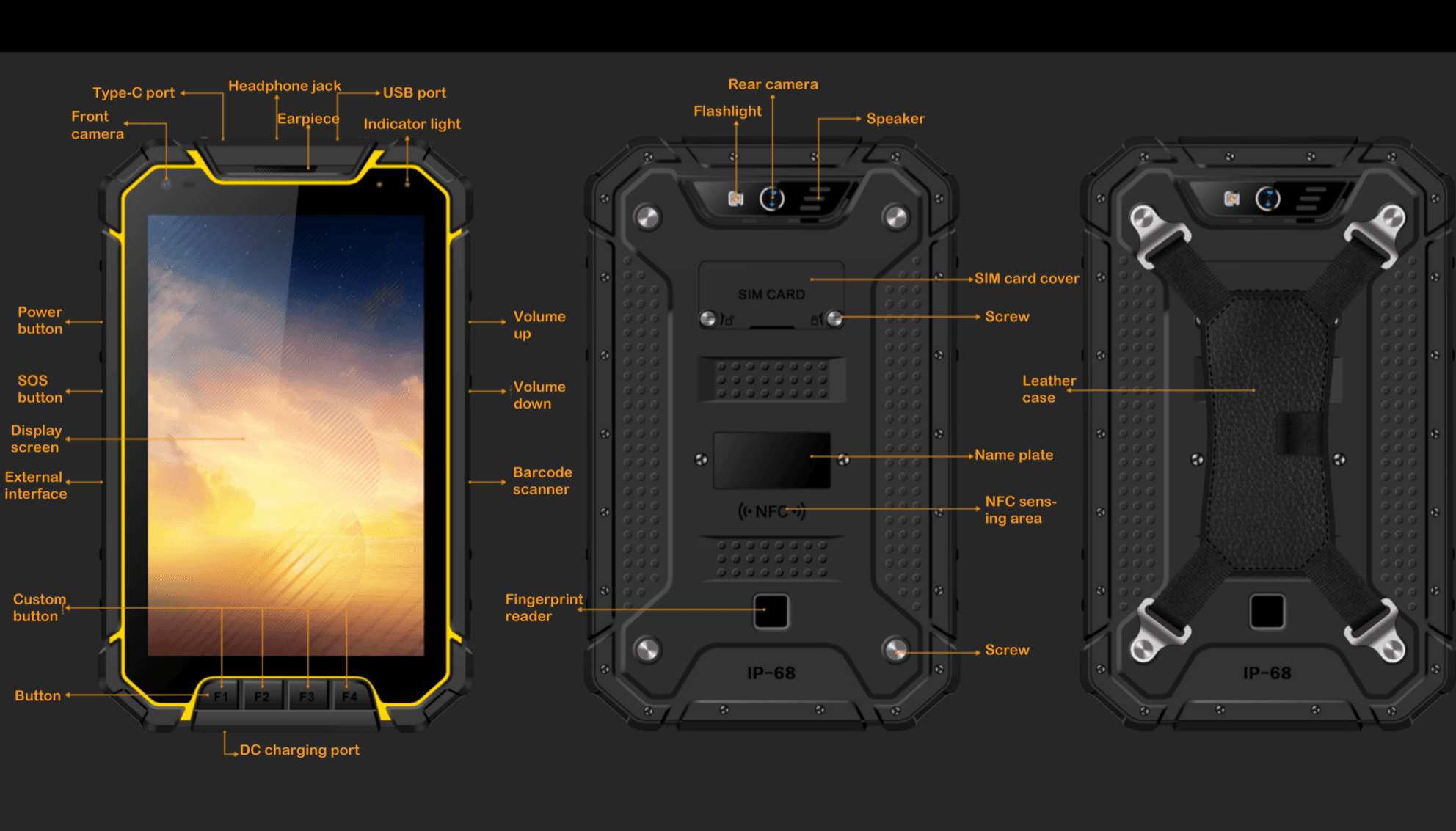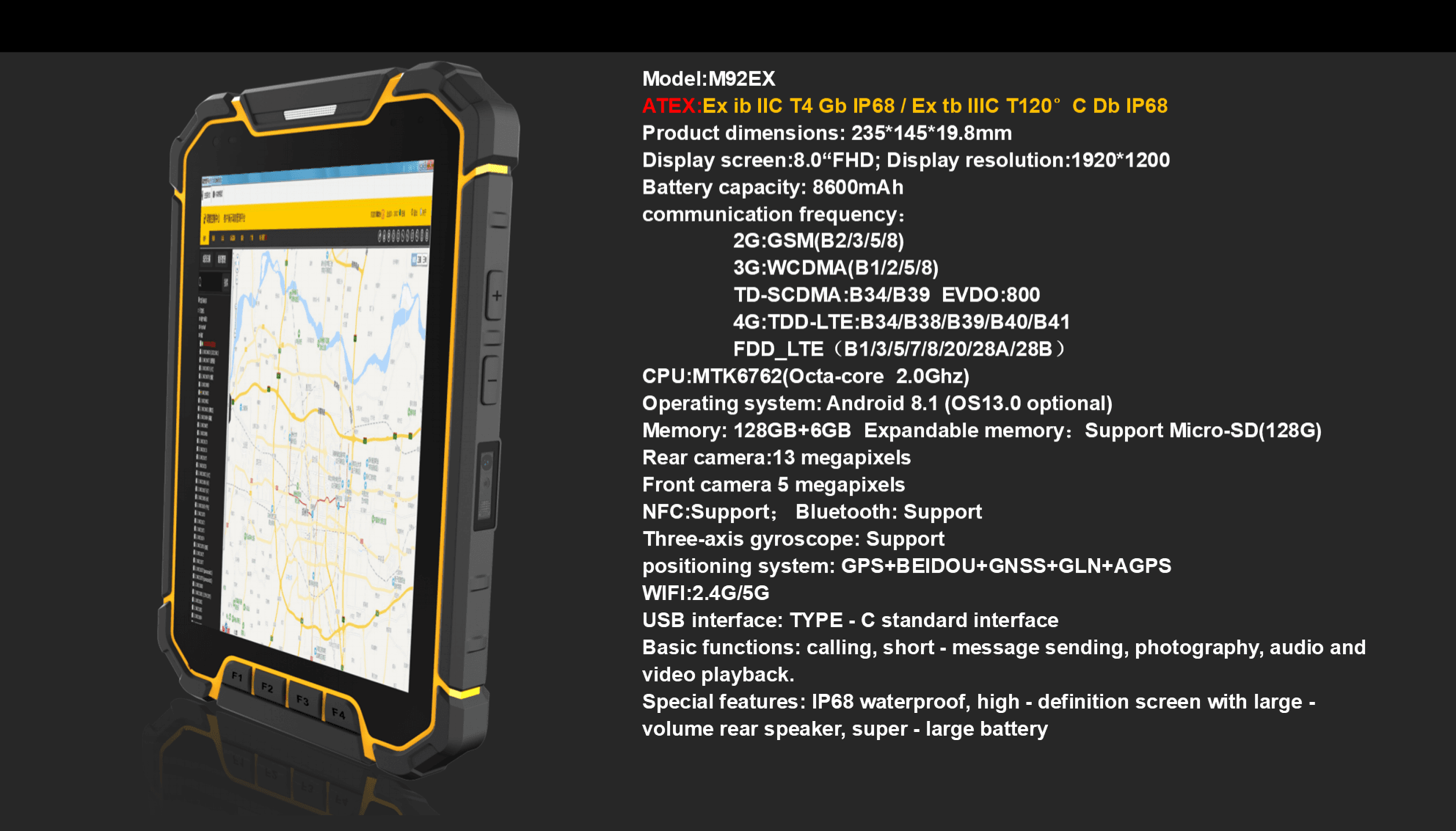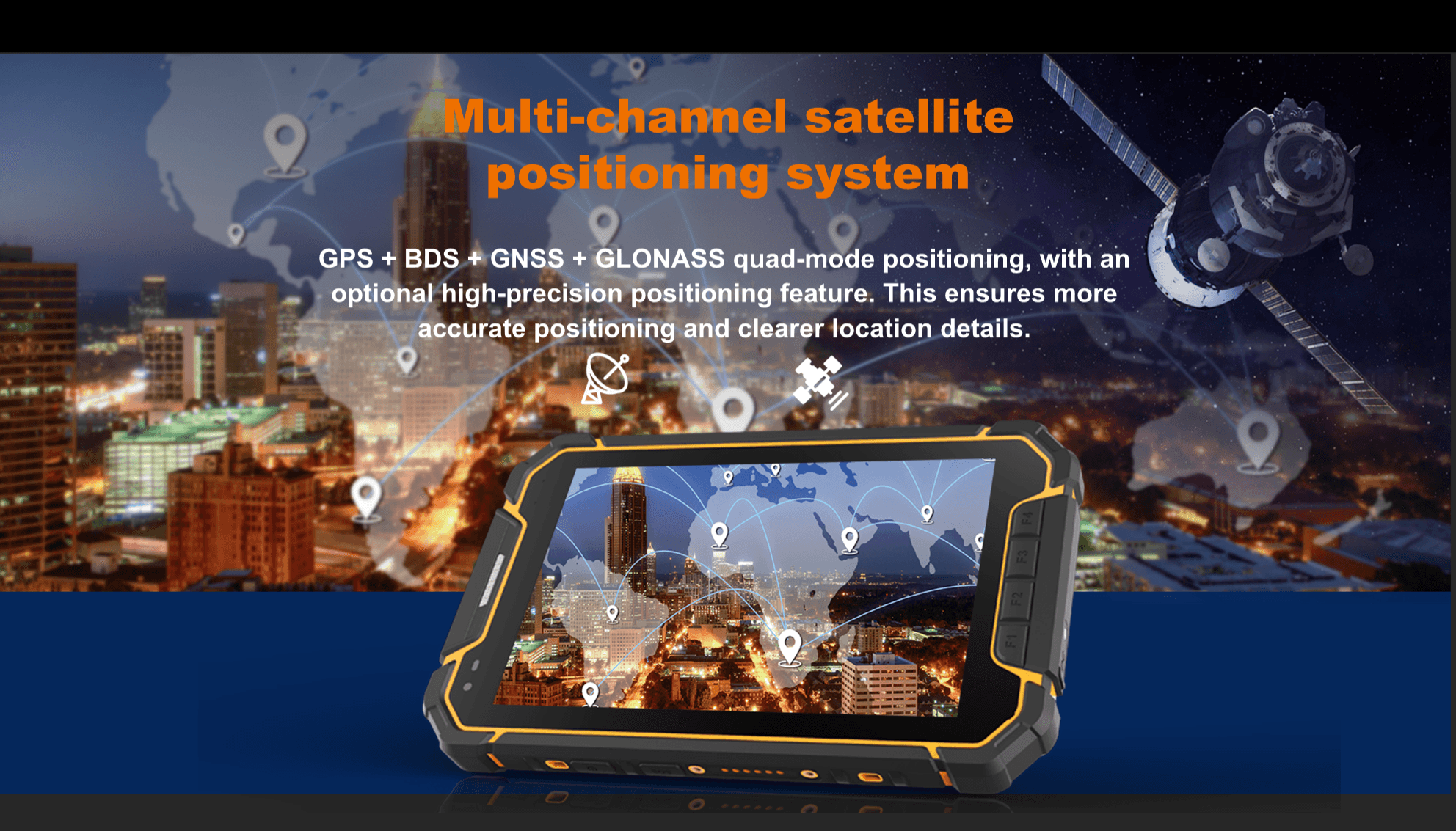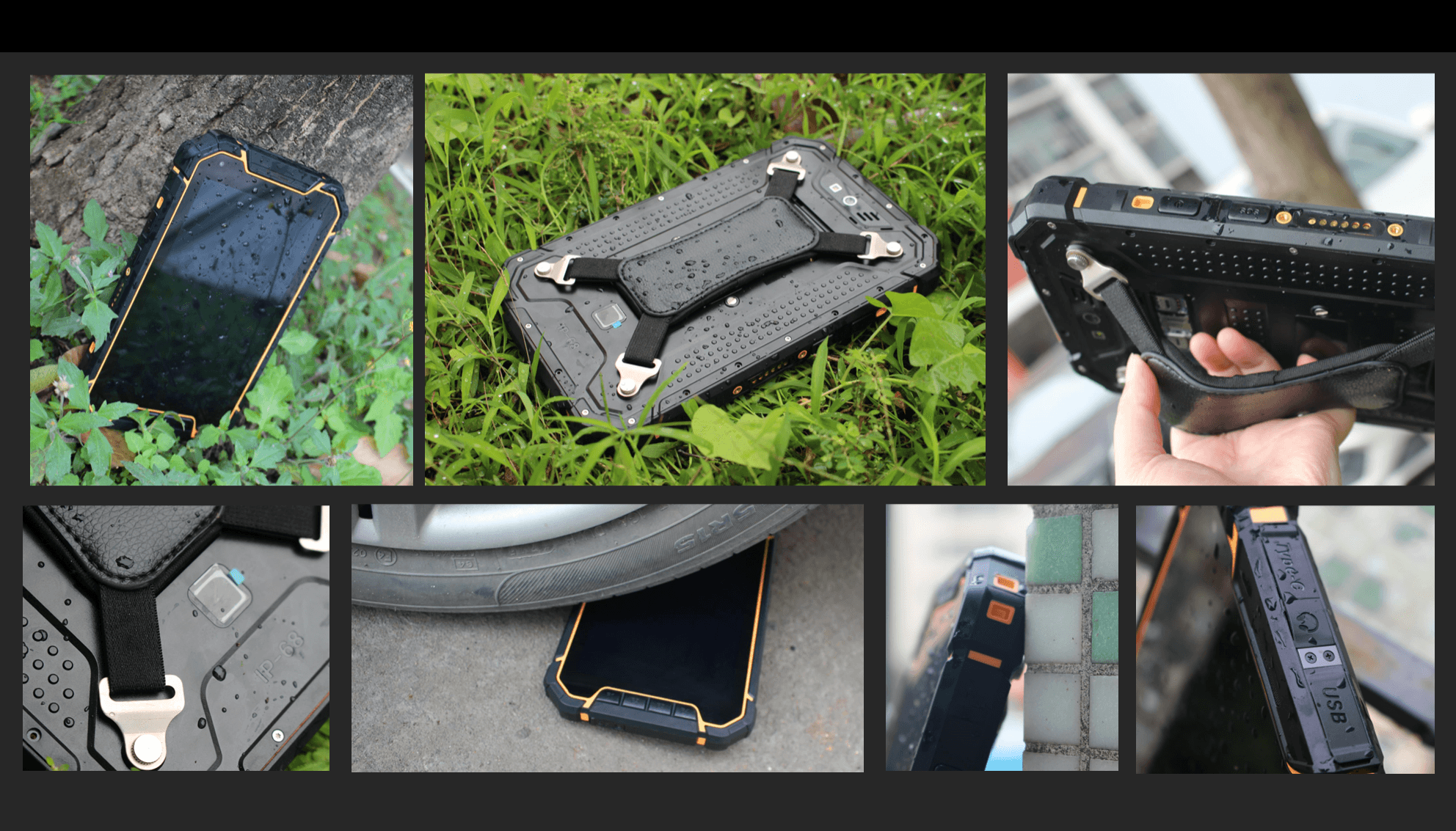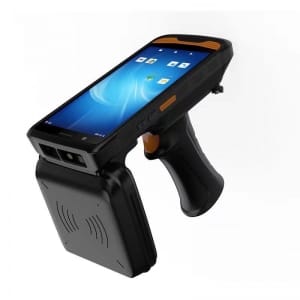HAZMAT Tracking – The Backbone of Hazardous Material Safety and Compliance
Introduction
Detection and safe disposal of dangerous substances is crucial in the industries where use of hazardous materials (HAZMAT) is a common day occurrence e.g. oil and gas, chemical manufacturing and mining. Poor data accurateness, late reporting and equipment malfunction can be devastating resulting in environmental harm, safety hazards and regulatory violation.
In a bid to tackle these challenges, many organizations are shifting to the use of rugged tablets which are those tablets that can work properly in harsh environments. Rugged tablets have been designed to satisfy a demanding industrial application as opposed to a typical consumer tablet.
Knowledge Base: HAZMAT Tracking in Industrial Operation
HAZMAT tracking is a monitoring, recording, and management of their hazardous materials throughout the lifecycle, which includes production, transportation, storage, and disposal. Other industries such as governments in oil and gas use this to make sure that the fuel, toxic substances, or compressed gases are treated within high safety and regulation.
Paper-based and non-rugged ICT based traditional tracking systems tend to fail in harsh environments. An example is on offshore rigs refineries or on a construction site, workers will be exposed to excessive heat, moisture, dust, vibration which can destroy sensitive electronics.
Restoration: Why ATEX Explosion Proof Rugged Tablets Is the Best Solution to HAZMAT Tracking
The rugged tablets are designed and they operate in a manner that deals with some of the operational issues encountered in the hazardous environments:
Bearing Life and Green Performance
The rugged tablets are specifically designed for extreme environments. They meet the IP (Ingress Protection) and MIL-STD-810G military standards, i.e. are resistant to water, dust, shocks and vibrations, extreme temperatures, etc. This will make it durable so that important tracking information can be accessed even when there are emergency situations in the field.
Zoning Hazardous Areas: ATEX Certification
These devices must not be out of the ATEX standards (ATmospheres EXplosives) that are designed in a hostile atmosphere that is likely to explode such as in oil and gas refinery or chemical plant. ATEX certified rugged tablets can operate under environments with flammable gases or vapours and, hence will not ignite or produce sparks.
Live Data Access and Synchronization
Rugged tablets have inbuilt wireless connectivity features, which enable HAZMAT teams to record, update, and share data real-time. The supervisors are able to track the movement of hazardous materials in real time, check on compliance records and to report cases instantly.
Ergonomic and Design Friendliness
The ease of use of rugged tablets to non-technical workers in the field is due to easy to use interfaces, ability to customize dash boards, and huge on screen icons. Even united with protective gloves, workers can easily enter the data, read barcodes, or call emergency measures.
HAZMAT Management Systems Integration
Rugged tablets are compatible with high-level Haulage-Oxford HAZMAT management software and IoT sensors. With this integration, container IDs, chemical properties and environmental conditions will be tracked automatically- and the full traceability and quality that meets regulatory requirements including OSHA, EPA and ISO standards.
Advantages of Safety and Compliance
The most vital advantage of applying rugged tablets in HAZMAT tracking is the area of ensuring the safety and compliance with regulations. Rugged tablets have the benefit of increasing safety by:
• Human error minimization: Digital checklists contain automated warnings and prevent mislabeling or mishandling.
• Guarantees real-time reporting: Field workers are able to provide instant reports of spills, leaks or exposure cases to the safety teams.
• Being ATEX compliant: Explosive atmosphere Tablets that may be used in explosive atmospheres are by construction resistant to ignition.
• Making audits easier: Audit trails and actions are recorded electronically and they are easy to comply and report to authorities.
Features of Technologies that Facilitate HAZMAT Operations
Rugged tablets of modern models come with superior technologies that also improve the performance in the field:
Barcode and RFID Scanning: It enables quick finding of materials and containers of containers in the supply chain.
HAZMAT Tracking
GPS and GIS Integration: The hustle of the HAZMAT shipments and assets tracked using GPS locator
High-Brightness: These displays are installed in locations like the wild outdoors where there is sunlight or where lighting is low like underground conditions where reinforcement is not done.
Long Battery Life: This is considered in situations where people are working on long shifts in remote oil and gas locations, which possess only a handful of charging locations.
Secure Data Encryption: This will make sure that data related to environmental and safety HRM will not be accessed by the wrong individuals.
Individual Training and Implementation Issues
The effective implementation of the rugged tablets needs the training and the implementation planning. These gadgets are geared towards the ease of use but the workers still require that specialization on the use of the special HAZMAT tracking software, safety protocol and data reporting procedures.
Training should focus on:
• Introducing users to interface navigation, data entry.
• Exhibiting emergency reporting capabilities and features of safety.
• Education of correct maintenance practices to ensure long life of the devices and to be ATEX compliant.
Rugged Tablets Benefits in HAZMAT Tracking
Enhanced accuracy: Digital real-time records remove the mistakes that come with manual records.
• Increased efficiency: Employees are able to do inspDashboardections and reporting at an accelerated rate.
• High compliance in safety: ATEX safety is constructed in and automated working processes avoid infractions.
• Reduced downtime of operation: Rugged design lessens malfunctions in a rugged equipment.
• Data transparency: The supervisors and regulators can see all the data on HAZMAT logistics and performance.
Conclusion
In recent HAZMAT tracking work it has become necessary to use rugged tablets. Their robustness, sleek design and ATEX certification have rendered them indispensable to industries such as oil and gas where people have to deal with burnable substances every day.
The rugged tablet provides a safe way for workers and environment as well as simplifies processing in industries by providing real time tracking, effective communication and strictly applying safety conditions.
FAQs About HAZMAT Tracking
Q1. What is HAZMAT tracking?
HAZMAT tracking is the digital process of monitoring and managing hazardous material movement through GPS, sensors, and documentation systems.
Q2. Why is HAZMAT tracking important?
It enhances safety, ensures regulatory compliance, and reduces environmental risks.
Q3. What technologies are used in HAZMAT tracking?
GPS, IoT sensors, RFID tags, barcodes, and cloud-based software platforms.
Q4. Who regulates HAZMAT transport in the U.S.?
The U.S. Department of Transportation (DOT) and the Pipeline and Hazardous Materials Safety Administration (PHMSA).
Q5. How does GPS improve HAZMAT tracking?
It provides real-time location updates and route deviation alerts for hazardous shipments.
Q6. Can HAZMAT tracking prevent accidents?
Yes, by identifying anomalies early and alerting operators to potential safety threats.
Q7. Which industries use HAZMAT tracking most?
Oil and gas, chemical manufacturing, pharmaceuticals, mining, and waste management.
Q8. Is HAZMAT tracking mandatory?
Yes, in most regions, laws require tracking and documentation of hazardous materials.
Q9. What is an SDS in HAZMAT tracking?
A Safety Data Sheet (SDS) contains essential safety information about the material being transported.
Q10. How do IoT sensors help in HAZMAT tracking?
They monitor environmental conditions like temperature and pressure to prevent unsafe changes.
Q11. Can blockchain improve HAZMAT tracking?
Yes, it provides tamper-proof data for audit and compliance verification.
Q12. What is the main goal of HAZMAT tracking?
To ensure safe, compliant, and transparent movement of hazardous materials.
Q13. How does HAZMAT tracking benefit the environment?
It reduces the chances of spills, leaks, and pollution through early detection.
Q14. Is HAZMAT tracking expensive to implement?
Initial setup can be costly, but long-term benefits in safety and compliance outweigh the expense.
Q15. What is the future of HAZMAT tracking?
AI, automation, and real-time analytics will make future systems smarter and more sustainable.
